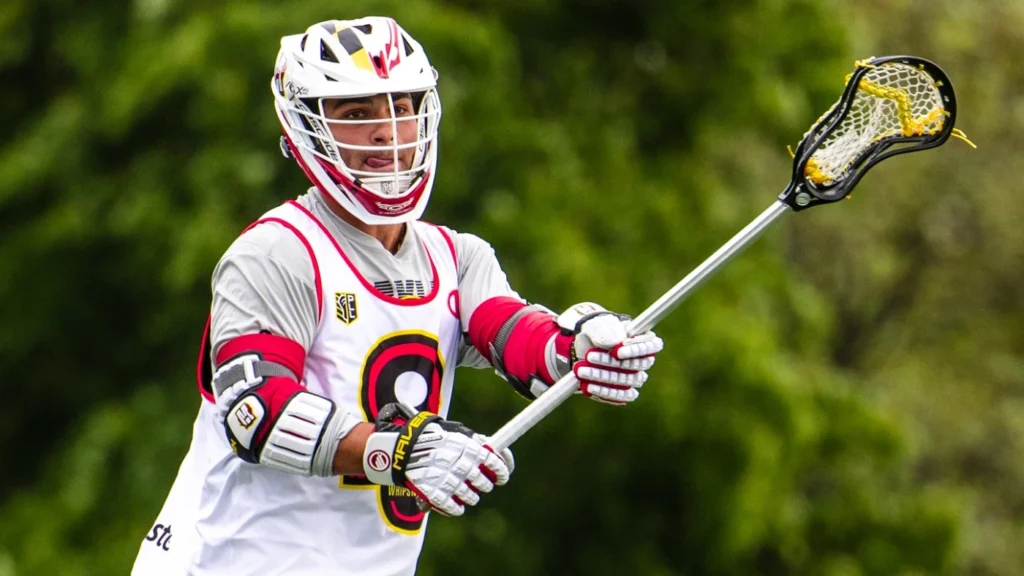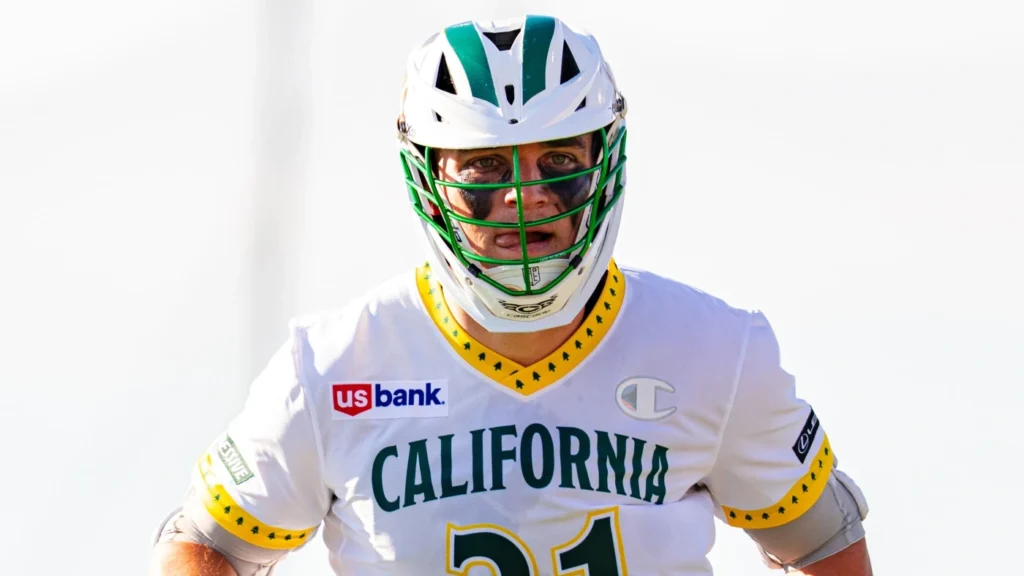The three-step split dodge that Grant Ament has pioneered since switching from attack to midfield has reinvented one of the most fundamental moves in the game.
His success with the split dodge and move to midfield is a testament to his status as an innovative player. In 2024, he led the league in midfield scoring, became the first player since Gary Gait to be an All-Pro at both attack and midfield in a career, and helped pilot the Utah Archers to a second consecutive ring.
Ament, like the rest of the Utah offense, has been off to a slower start in 2025. He has eight points (2G, 6A) through five games while shooting 11.8%. But his burst as a dodger and his ability to win in space have still been evident even while he’s dealt with a hamstring injury.
The Penn State legend has credited watching midfield greats like Kyle Harrison, Paul Rabil and teammate Tom Schreiber for informing his playing style at midfield. Harrison, in particular, has been an inspiration as probably the quickest and most explosive midfield dodger in the sport’s history.
While inspiring Ament’s play at midfield, Harrison is also a massive fan of what Ament is doing at the position. He religiously watches the Archers’ games each week because he considers Schreiber and Ament to be must-see TV.
“His skill set translating up to the midfield has been a ton of fun to watch,” Harrison said.
Harrison’s devastating split dodges inspired a generation of midfielders to try to break their defenders’ ankles from up top, dodge down the alley and shoot jump shots on the run.
His two-step split was especially deadly. The way he jabbed his left foot into the ground, feigning that he was dodging left before bursting to his right, devastated defenders who couldn’t handle his speed.





